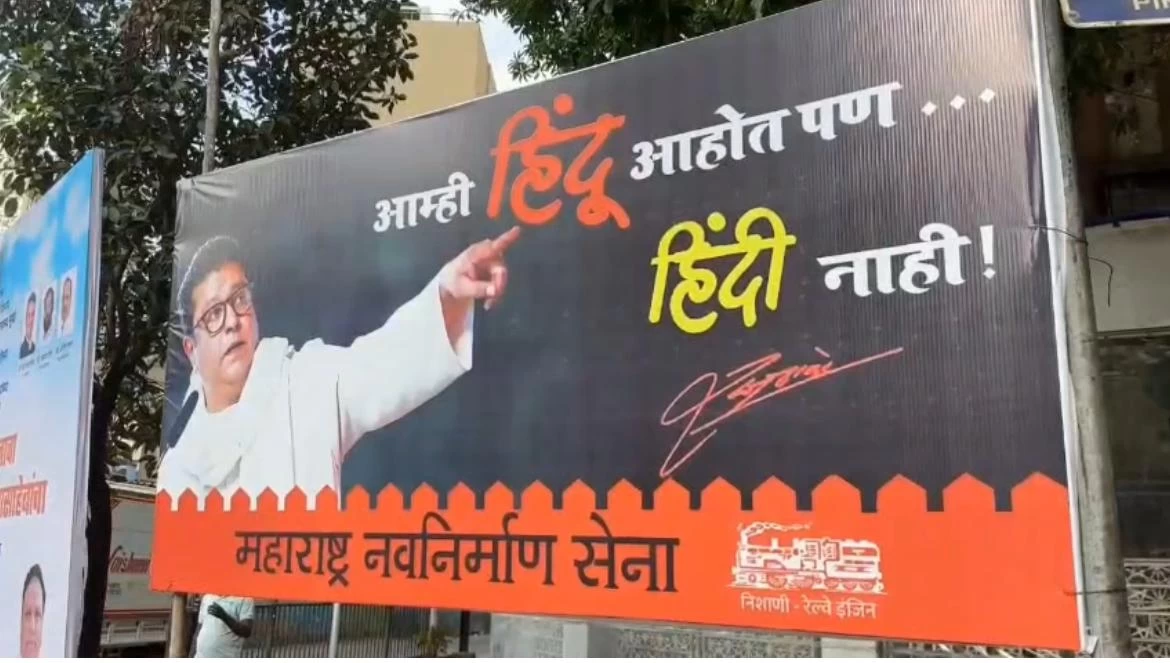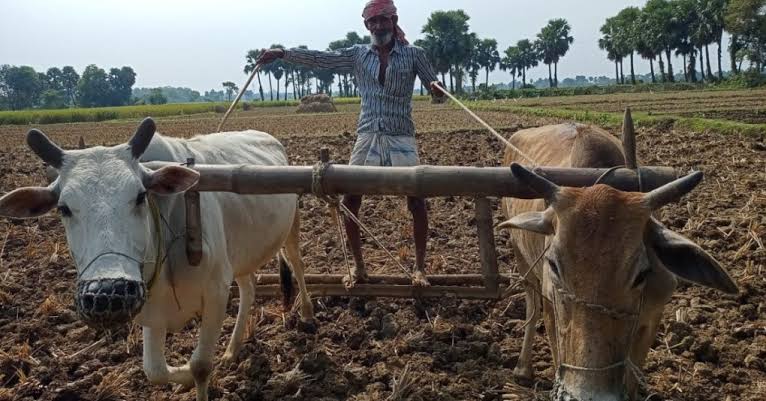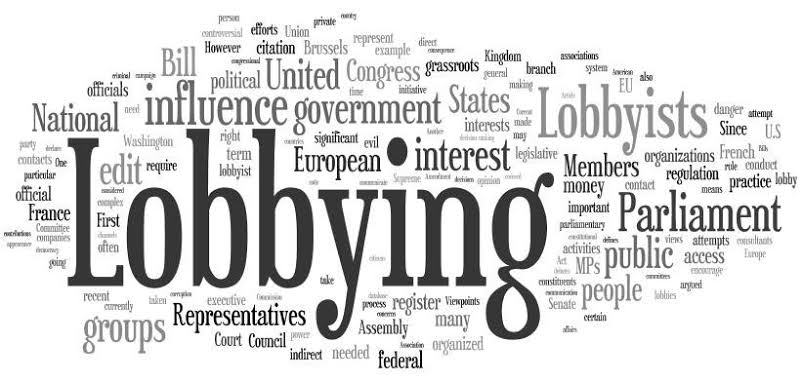Language Politics Heats Up

The Maharashtra government's recent decision to introduce Hindi as a third language from Class 1 in English and Marathi medium schools, as part of the implementation of the National Education Policy (NEP) 2020, has sparked widespread political backlash. Previously, Hindi was introduced from Class 6 as a third language in these schools. While schools with other mediums were already following the three-language formula from the first grade, this policy shift has been met with accusations of linguistic imposition and fears of marginalizing Marathi.
Chief Minister Devendra Fadnavis has defended the move, arguing that Hindi serves as a widely accepted medium of communication across India. He has framed the decision as a practical step aligned with the NEP's vision of multilingual learning. However, the backlash suggests that the decision is not merely being viewed as an academic reform but as a culturally sensitive political maneuver.
Critics argue that the policy risks diluting regional identity and undermines the status of Marathi in its own state. There is concern that it caters to the significant Hindi-speaking population settled in Maharashtra, especially in urban centers like Mumbai and Pune, and is perceived by some as an effort to appease a key vote bank. This perception has gained traction amid growing discourse on social media, where resistance to Hindi is becoming more pronounced — not necessarily out of linguistic animosity, but as a response to perceived top-down imposition.
Historically, Maharashtra has maintained a strong regional political identity, notably championed by the Shiv Sena since the 1960s. The party has emphasized Marathi pride, cultural resilience, and local employment. However, unlike Tamil Nadu — where opposition to Hindi has been an open and enduring political stance — Maharashtra has generally not shown overt hostility toward the Hindi language. Even during times when the Shiv Sena targeted South Indians, Muslims, and North Indian migrants, Hindi itself was rarely the focus of antagonism. The current resistance, therefore, appears less organic and more symptomatic of a broader concern over centralization by the BJP-led central and state governments.
At the heart of the controversy lies the tension between India's unitary constitutional structure and its cultural and linguistic diversity. While the Constitution allows for centralized governance, it also enshrines space for regional languages and identities. Earlier Congress-led governments, though not devoid of centralizing tendencies, often attempted to strike a balance through institutional flexibility. In contrast, the BJP’s approach — seen by many as more overtly centralizing — has invited pushback in linguistically assertive states like Tamil Nadu and now increasingly, Maharashtra.
Furthermore, the practical challenges of implementing the new language policy cannot be overlooked. Apart from increased salary costs, there are concerns about the logistics of hiring and training qualified Hindi teachers, especially in schools where there may not be sufficient infrastructure or demand. The government’s plan lacks clarity on how these operational issues will be addressed effectively.
This debate is unfolding at a time when education itself is undergoing a transformative phase, fueled by advances in artificial intelligence, neuroscience, and pedagogical innovation. These changes are reshaping learning needs and approaches globally. In such a context, the emphasis should ideally be on inclusivity, adaptability, and preparing students for a future where multilingualism and cultural empathy are assets — not points of division.
Rather than fostering dissent, the Fadnavis-led government would be better served by building consensus around language education reforms. That involves open dialogue with stakeholders — including educators, parents, linguists, and regional political leaders — to ensure that language policy enhances rather than threatens local culture and identity. Maharashtra, with its legacy of strong regional pride and cultural sophistication, deserves a policy approach that is both sensitive and forward-looking.
As the country navigates a new educational paradigm, it is essential that language policies reflect both constitutional values and contemporary realities. Promoting Hindi should not come at the cost of alienating communities or diluting regional pride. A collaborative, flexible approach will ensure that India’s linguistic diversity continues to thrive — not just in textbooks, but in classrooms and communities across the nation.

 2 months, 1 week ago
2 months, 1 week ago





[[comment.comment_text]]